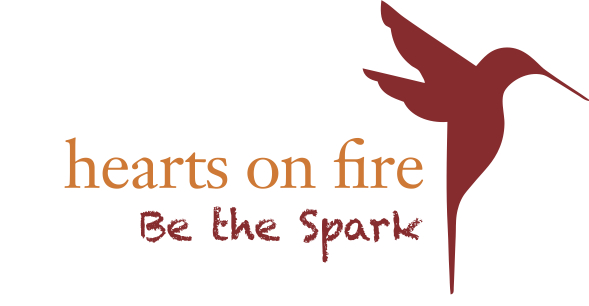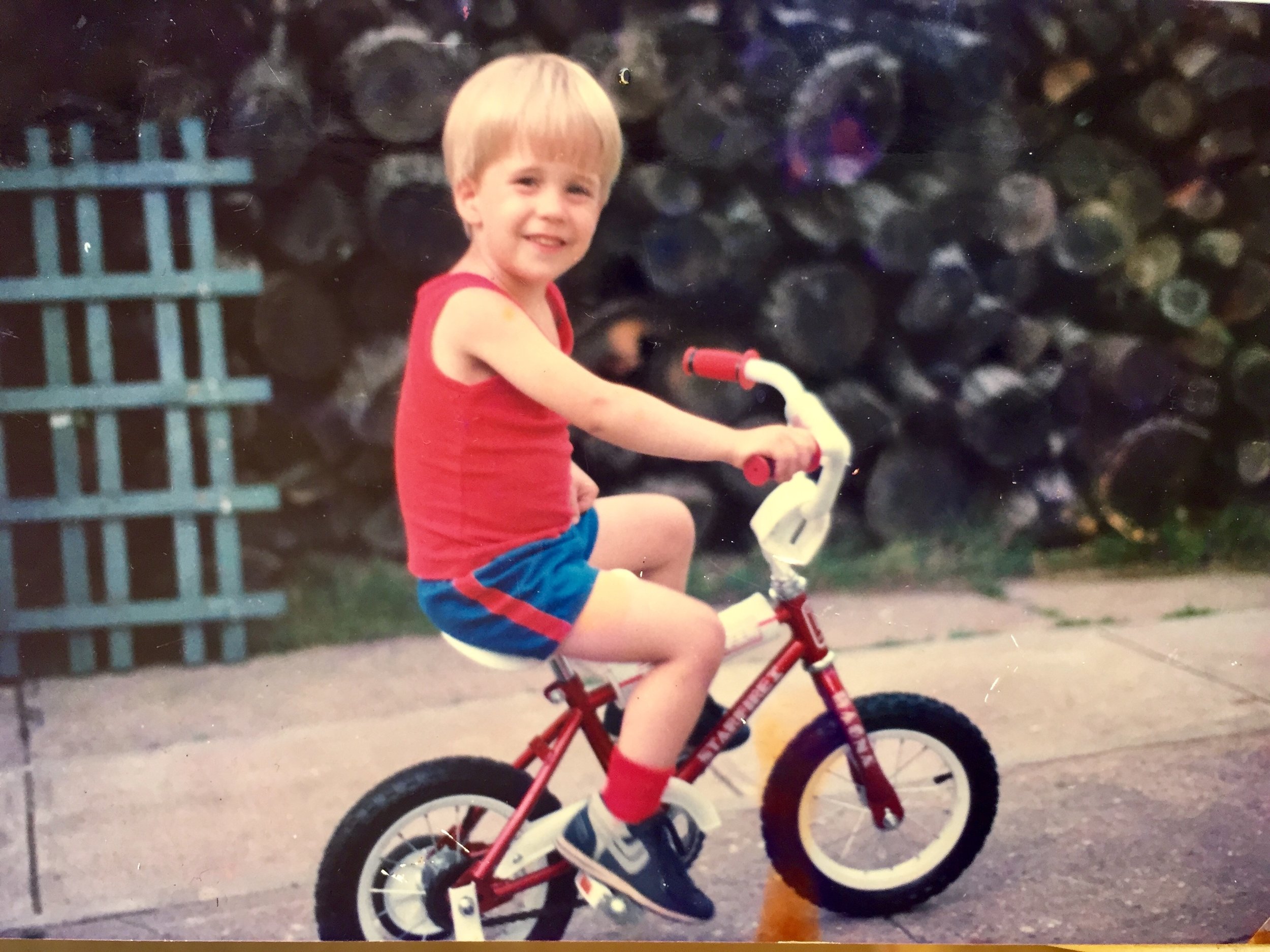VISIONARY OF THE MONTH
Marcus Soutra | Eye to Eye
Hidden in Plain Sight
Marcus Soutra reads with his ears. If that sounds strange to you, then you are probably not one of the 2.4 million children in this country labeled as LD—learning disabled—who often prefer audiobooks to the printed word.
“I was identified with dyslexia and ADHD in third grade,” says Marcus. “I struggled with things fundamental to a person’s success: sitting still, processing information and firing it back, reading.”
Marcus at his childhood home in Springfield, MA enjoying the outdoors
Until that diagnosis, Marcus had enjoyed a happy, secure childhood.
“I definitely won the parent lottery in terms of support.”
He recalls sitting with his father and reading the classic book, Treasure Island. He also recalls having to read the same sentence over and over again. That was a clue to what would mark his life from third grade forward.
This was the 1980s, though and learning disabilities were finally getting consistent attention from doctors and educators. Before that, people with learning issues were the hidden sufferers. That included Marcus’ mother whom he describes as “super creative, an incredibly bright painter who never went to college or excelled in formal education.”
Marcus was part of the first generation to be given labels around learning abilities and, in middle school, he was moved from ‘special ed’ into a mainstream classroom. But the message he was still getting about himself was “this is a negative, this is an issue. It’s best not to talk about it if you can.”
That outlook haunted him through high school where teachers advised him not to take honors classes or even run for Student Council.
“There was a real message around students with learning disabilities: you aren’t meant to go to college, you aren’t the leaders, you aren’t the ones that are going to be successful. That message was hard to overcome, and I felt like I was fighting against it on a daily basis.”
Thanks to his perseverance and his parents’ continued strong encouragement, Marcus landed in college. But the stigma he encountered in the years before left a lasting impression on him. While student teaching in special education, Marcus shared those feelings with the learning-disabled kids in his classes and he noticed something that struck him.
"I was telling my story and seeing transformation in my class. They became confident to tell their own stories, less stigmatized."
His supervising professor suggested Marcus take the next step and get in touch with David Flink, who had started Project Eye to Eye in college, a mentoring program to help local kids with learning disabilities. With diploma in hand, Flink now wanted to bring this organization into the wider world.
Eye to Eye's near-peer role models share their stories and strategies for success with their Mentees
In 2005, Marcus sat down with David and hammered out a plan for turning a college project into a new non-profit, Eye to Eye. Its mission was to teach learning disabled students in grades 5-8 the skills and strategies to be successful in the classroom and in life.
What started off as a tutoring program, developed into a project-based mentoring program. Early on the focus was on social-emotional learning, a term now widely used in education, but practically unheard of back then.
“Understanding how you learn makes the difference,” says Marcus. “How do you think about how you think; how do you advocate for yourself?”
The simple but powerful message they wanted to impart: nothing is wrong with you.
“Growing Eye to Eye, we wanted to think of ways to bring that message to more students.”
Currently, 1 in 5 students is considered learning disabled, a statistic that shocks a lot of people. It is an invisible disability that Marcus says disguises some of the brightest, most intelligent people in this society.
“I feel so privileged and lucky to be a voice for an often very voiceless population. You have this extra level of empathy, that’s something that our mentors—more than 1,200 of them at Eye to Eye—have, which is incredible, this understanding of what the students are going through.”
Through the "Plaster Hands Project" Mentors show their solidarity with their Mentees by creating plaster molds
In the years since the founding of Eye to Eye, there has been a lot of progress in the field of learning differences thanks, in part, to celebrities sharing their stories, organizations hosting events around this issue, students wanting to be involved and, of course, Eye to Eye’s commitment, which is now helping two thousand students every week in 170 schools and 24 states across the country.
Marcus is also thrilled about their smartphone app, available to any student for free on iTunes. Eye To Eye Empower teaches students how to advocate for themselves.
And he holds himself up as a perfect example of what many people don’t understand about those with learning disabilities—they actually love to learn.
“I’m a person who loves learning,” he says. “I strive to be a self-actualized learner, traveling or seeking out mentors is important to me.”
“There’s a lot of hope and potential out there,” says Marcus. In fact, research conducted over the past three years by the UCSF BrainLens Lab in partnership with Eye to Eye was published just last month in the Child and Adolescent Mental Health academic journal. The groundbreaking research shows that Eye to Eye’s model is “a promising intervention that can improve socio-emotional well-being and mental health in youth with learning disabilities and ADHD.”
“There’s still a long way to go but it would be hard to do this job if I didn’t see hope.”
Marcus holds a bachelor’s degree in social science and secondary education from Keene State College. A leader in the learning differences field, Marcus was hosted by the White House’s Reach Higher initiative, PBS’s American Graduate Day, and Mercedes-Benz Fashion Week. He serves on the Understood Advisory Board and is an official Understood Expert. He is a contributing member to Reimagine Learning and was named a New Leaders Council Fellow in 2008. He has also given lectures all over the world from Tokyo to Harvard University.
Marcus lives in Brooklyn with his wife, an English teacher and literacy specialist.






